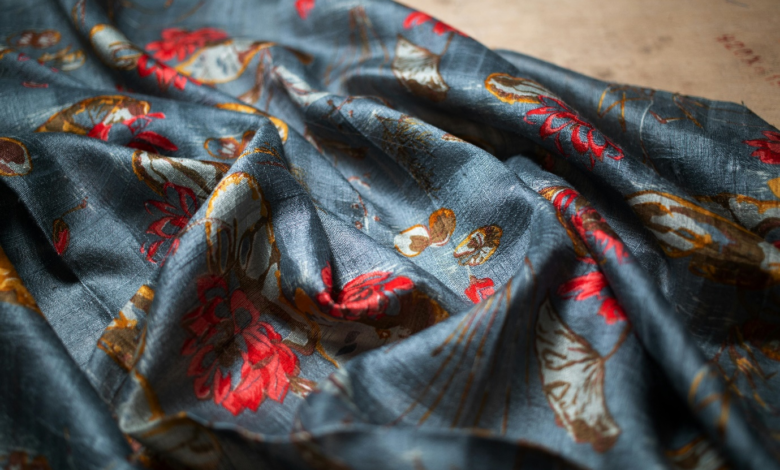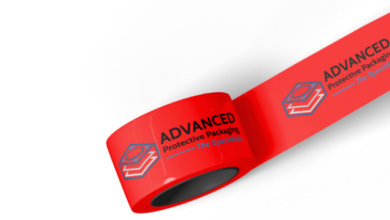What to Know Before Choosing a Print Method for Your Merch

Creating merch is more than just designing a cool graphic and slapping it on a t-shirt or tote bag. Behind every eye-catching piece is a carefully chosen printing method that brings it to life. That choice can make or break your final product. Whether you’re launching a new brand, building out a clothing line, or expanding your current offerings, knowing what goes into each printing method is essential.
From custom apparel to branded accessories, the print method you go with shapes how people experience your design. And while it’s tempting to jump in with the first option that sounds familiar, taking a step back to evaluate the bigger picture is key.
In this guide, we’re breaking down the most important questions you need to ask yourself before you choose a print method for your merch. This will help you create products that truly reflect your brand and meet your goals.
6 questions you need to ask yourself before selecting a print method for your merch
Selecting the right print method is not just about cost or speed. Your choice can impact the look, feel, durability, and perception of your merch. Here are 6 questions that you can brainstorm on before selecting a printing method for your merch.
1. How Detailed Is Your Artwork?
The first thing to consider when choosing a print method is your design itself. Are you working with bold text and simple shapes? Does your artwork include fine lines, photo-realistic imagery, gradients, or lots of colours? Different methods handle different types of artwork better.
For instance, complex, high-resolution images often require methods that can reproduce intricate detail without blurring or losing vibrancy. A design with heavy gradients or subtle color transitions may need a more specialized approach than a basic logo.
Some methods are perfect for crisp, bold graphics, while others shine when handling photographic or layered visuals.
The key to success is to work with an experienced screen printing service or other professional print experts who can ensure high-quality results and help you make the right impression with professional designs and artistry.
2. What Material Are You Printing On?
Not all printing methods work well on every fabric. Some are great for cotton, while others handle synthetics better. If you’re working with blends, fleece, nylon, or specialty fabrics like canvas or mesh, be sure your print method complements your chosen material.
Some techniques require heat and pressure, which could shrink or distort delicate materials. Others sit on top of the fabric, while some bond into the fibers. That can affect not just how the print looks, but how it feels and holds up over time.
Choosing a method that works in harmony with your fabric can help prevent cracking, peeling, fading, or rough textures that turn people away. So, before you finalize your merch lineup, take a moment to test how your designs look on actual product samples and ask your printing company about material compatibility.
3. How Many Pieces Do You Need?
Another major factor to consider is how many units you’re producing. Are you printing in bulk, or are you doing a small batch or even made-to-order? Your order size can dramatically influence both cost and process.
Some methods have a higher upfront setup time and cost, making them ideal for large runs where the price per piece drops with quantity. Others are faster and more cost-effective for small quantities, one-offs, or custom variations. Think about your end goal.
If you’re planning to restock frequently or rotate collections, flexibility might be a bigger priority than scale. On the flip side, if you’re gearing up for a major drop, a method that supports high volume with consistent quality will give you better margins and faster turnaround.
4. How Will the Merch Be Used?
It’s easy to focus on how a design looks the moment it’s printed, but how it holds up over time is just as important. Durability can vary depending on the method and materials used. If your merch is intended for everyday wear like t-shirts, hoodies, or gym gear, then it needs to withstand regular washing without fading or cracking.
Ask yourself: Will this item be worn outdoors? Exposed to sweat or frequent movement? Washed often? If so, you’ll want to prioritize long-lasting prints with strong adhesion and colourfast properties. If the merch is more of a novelty or promotional piece with minimal wear, durability might not be as critical.
A recent study by Grand View Research found that quality and longevity remain two of the most influential factors for repeat apparel purchases, especially in custom-branded merchandise. Consumers expect more from the merch they wear. They’re more likely to return if the product lasts.
5. How Soon Do You Need It?
If you’re planning a launch, pop-up, or event, timelines are crucial. Some print methods require more time due to setup, drying, or curing processes. Others can be done on-demand or within a few days, especially if digital tools are involved.
Knowing your deadline helps avoid last-minute surprises. Make sure you communicate timelines clearly with your print partner and ask about rush options or capacity for high-volume jobs. Keep in mind that complex designs or specialty materials may extend production time.
If speed is your priority, choose a print method known for faster output without sacrificing quality, like DTF. Just be aware that rushing can sometimes limit your options. So always plan ahead when possible in order to give yourself the widest range of choices.
6. What Kind of Experience Do You Want to Deliver?
Lastly, think about the tactile experience. Does your design sit on top of the fabric, or does it blend in? Is the finish glossy, matte, or textured? Some methods offer a vintage, worn-in look, while others produce ultra-vibrant, sleek results.
The physical feel of your merch affects how people perceive its value. A soft-hand print might feel more premium and wearable, while a raised or puffed effect could give your design added dimension. Whatever your brand aesthetic, there’s a print finish that supports it.
This is especially important for fashion-focused merch, where the feel of a garment can make or break customer satisfaction. Samples are your best friend here. You can touch, stretch, and wash them before committing to a full run.
Final Thoughts
There’s no one-size-fits-all approach when it comes to merch printing. Every brand, project, and piece has different needs, and the best method is the one that supports your design, fabric, timeline, and goals.
By focusing on these core factors, you can make smarter choices that lead to better products. And when your merch reflects thoughtful planning, your audience will feel it. Hence, before you send your next design to print, take a moment to ask the right questions. Your future customers and your brand reputation will thank you for it.







